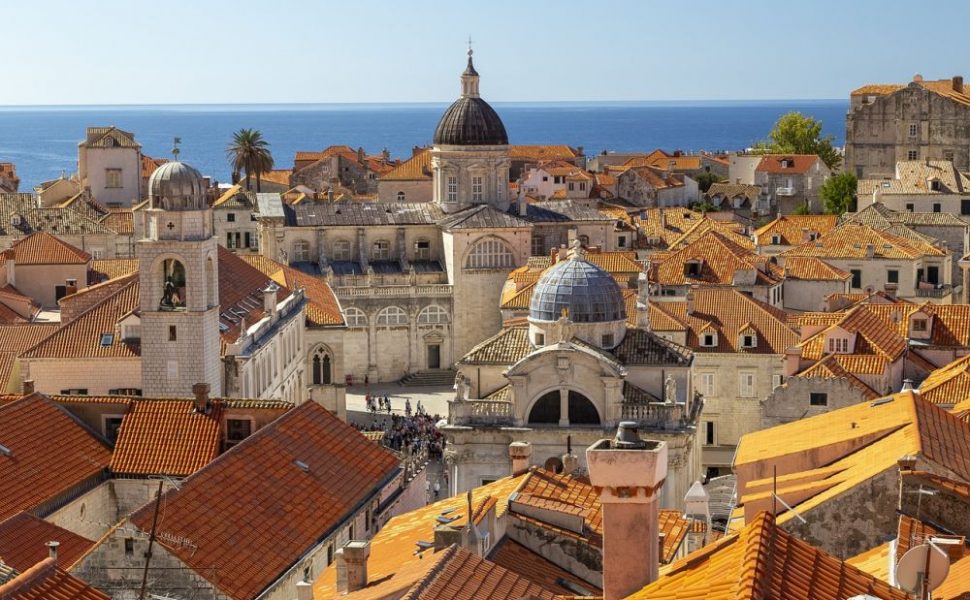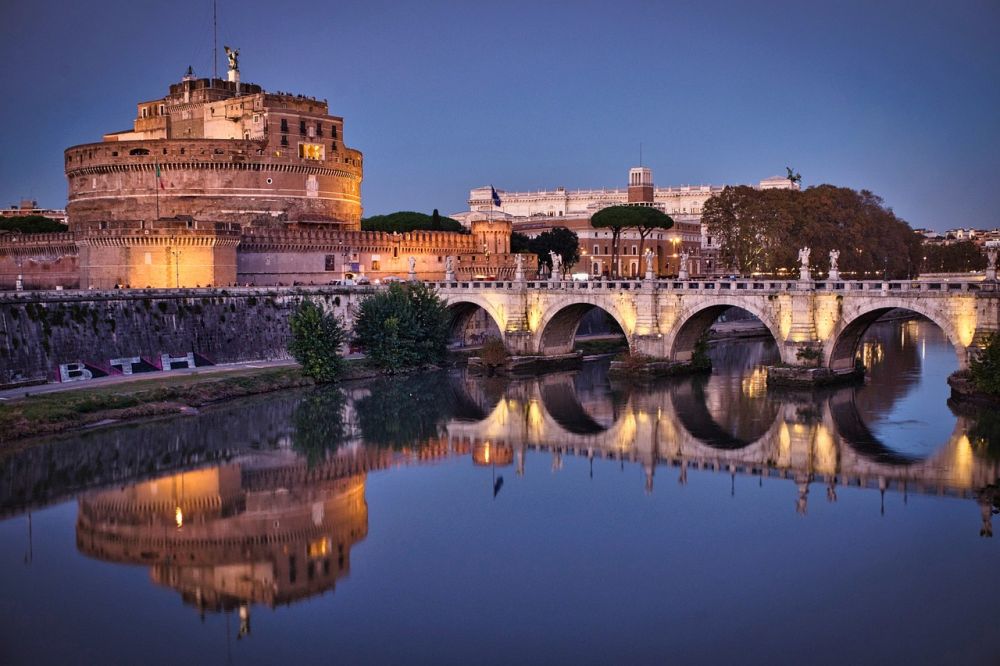Resa till Malaga: Upptäckning av Andalusiens pärla

Introduction:
Malaga, the capital city of the Costa del Sol in Andalusia, Spain, offers a unique travel experience filled with diverse cultural heritage, stunning landscapes, and a vibrant atmosphere. This article provides a comprehensive overview of traveling to Malaga, exploring its various types of trips, popular attractions, quantitative measurements, differences between trips, historical context, and the advantages and disadvantages associated with each type. Whether you’re a history enthusiast, a beach lover, or an art aficionado, Malaga has something to offer for everyone.
An Overview of Traveling to Malaga

Malaga is a city that boasts a rich history dating back to the Phoenician period, evident in its well-preserved landmarks and archaeological sites. Its strategic location along the Mediterranean coast has made it a popular destination for tourists seeking a mix of cultural immersion and relaxation. From its historic city center with its charming narrow streets to its beautiful beaches and renowned museums, Malaga has a plethora of attractions to explore.
Exploring the Types of Trips to Malaga
Malaga can be experienced in various ways, catering to different interests and preferences. Here are some of the popular types of trips to Malaga:
1. Cultural Escapade: Delve into Malaga’s rich cultural heritage by visiting historical sites such as the Alcazaba, a Moorish fortress, and the Roman Theatre. Explore the Picasso Museum, dedicated to the renowned artist’s life and work, and wander through the vibrant streets of the city center, filled with tapas bars and local artisan shops.
2. Beach Retreat: With its 161 kilometers of coastline, Malaga offers an array of stunning beaches, from bustling city ones to secluded coves. Enjoy the warm Mediterranean waters, soak up the sun on the sandy shores, or indulge in water activities such as paddleboarding and snorkeling.
3. Gastronomic Journey: Malaga’s culinary scene is famous for its traditional dishes, such as fried fish, gazpacho, and the fortified wine, Malaga Virgen. Embark on a food and wine tour to savor the local flavors and visit the vibrant Mercado Central de Atarazanas, a bustling market showcasing fresh produce and regional specialties.
Quantitative Measurements of Traveling to Malaga
When it comes to quantifying the appeal of traveling to Malaga, several factors can be considered:
1. Tourist Arrivals: Malaga attracts millions of tourists each year, with a steady increase in visitor numbers over recent years. This increase in arrivals is a testament to the growing popularity of the destination.
2. Hotel Occupancy Rates: The occupancy rates of hotels in Malaga provide insights into the demand for accommodation. High occupancy rates indicate a vibrant tourism industry, while lower rates may suggest a more relaxed atmosphere.
3. Flight Connectivity: Malaga enjoys excellent flight connectivity, with various airlines offering direct flights from major European cities. This accessibility allows travelers to reach the destination easily.
[INSERT VIDEO HERE]
Exploring the Differences Between Types of Trips to Malaga
While all types of trips to Malaga offer unique experiences, there are notable differences between them. Here are some factors that distinguish these trips:
1. Atmosphere: A cultural escapade provides an immersive experience in the city’s historical and artistic ambiance, while a beach retreat offers relaxation and enjoyment amidst the coastal scenery. A gastronomic journey combines culinary delights with cultural exploration, providing a multi-sensory experience.
2. Activities: Cultural trips involve visiting museums, historical sites, and engaging in city tours. Beach trips revolve around beach activities, water sports, and sunbathing. Gastronomic trips focus on food and wine tasting, culinary tours, and exploring local markets.
Historical Context of the Advantages and Disadvantages of Traveling to Malaga
Over the years, traveling to Malaga has evolved, bringing both advantages and disadvantages. Understanding the historical context can shed light on these factors:
1. Advantages: Malaga’s growing popularity as a tourist destination has resulted in improved infrastructure and amenities, making it easier for travelers to explore the city’s offerings. The city’s rich history and cultural heritage serve as a significant advantage, providing a unique and authentic experience.
2. Disadvantages: With increased tourism, overcrowding can occur during peak seasons, leading to longer queues at popular attractions and crowded beaches. Additionally, the commercialization of certain areas may lead to a loss of authenticity and charm.
In conclusion, traveling to Malaga offers a diverse range of experiences, catering to different interests and preferences. Whether you’re interested in exploring the city’s rich history, enjoying its beautiful beaches, or indulging in its gastronomic delights, Malaga has something for everyone. By understanding the various types of trips, quantitative measurements, differences between trips, and the historical context, travelers can make informed decisions to enhance their experience in this vibrant Andalusian gem.
















































